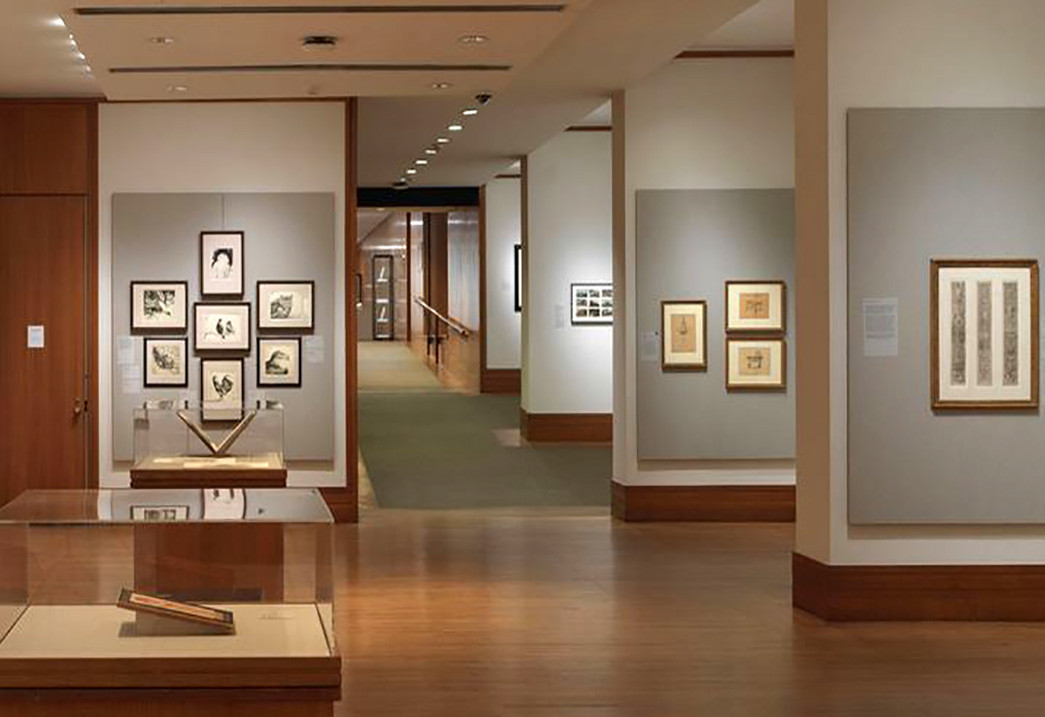
Émile-Allain Séguy: Nature, Color, and the Decorative Avant-Garde
Émile-Allain Séguy: Nature, Color, and the Decorative Avant-Garde
Émile-Allain Séguy (circa 1877 – after 1951) was a French designer and illustrator whose name is inseparable from the golden age of pochoir—the vibrant hand-stenciled printing technique that defined the visual luxury of Art Deco. In an era when mechanized production was gaining dominance, Séguy’s work stood out for its lush textures, refined detail, and reverence for the natural world.
A Life Between Science and Style
Little is known about Séguy’s private life, but his professional legacy is one of fusion: between art and biology, form and ornament, modernity and nature. Trained at the École des Arts Décoratifs in Paris, Séguy flourished between the 1910s and 1930s, working at the intersection of scientific illustration and decorative arts. His compositions are not simply beautiful; they are studies in rhythm, symmetry, and organic structure.
While other Art Deco designers drew from machinery and abstract geometry, Séguy remained captivated by flora, fauna, and crystalline forms—rendering them with a stylistic boldness that still feels modern.
The Pochoir Method
Séguy worked almost exclusively with pochoir, a meticulous stencil-based printing process that involves the hand-application of gouache or watercolor through metal or celluloid stencils. The technique, widely used in French fashion illustration and design publishing in the early 20th century, enabled intense color saturation and exceptional precision—ideally suited to Séguy’s elaborate compositions.
Major Published Works
Séguy's output consists mainly of luxurious folios aimed at architects, textile designers, wallpaper manufacturers, and other decorative professionals. Below is a chronological list of his major works:
Chronological List of Séguy's Decorative Portfolios
-
Insectes (1920) — 20 plates of stylized insects, showcasing beetles, dragonflies, and butterflies in symmetrical, ornamental arrangements.
-
Papillons (1925) — 20 plates of butterflies, both naturalistic and decorative, considered among his masterpieces.
-
Floreal (1925) — 20 plates of stylized floral motifs designed for textile use.
-
Suggestions pour étoffes et tapis (1926) — 20 plates of designs for fabrics and carpets.
-
Prismes (c. 1931) — 40 plates exploring crystalline and geometric forms as decorative abstractions.
-
Bouquets et Frondaisons (c. 1931) — 20 plates of floral bouquets and leafy compositions.
-
Samarkande (c. 1932) — 20 plates inspired by Oriental and Central Asian motifs.
-
Formes - Couleurs - Lumière (c. 1933) — A rare late work integrating principles of color theory and decorative composition.
Note: Dates vary slightly among sources due to the limited documentation of Séguy's life and publications. Most of his portfolios were published by Éditions Duchartre & Van Buggenhoudt, Paris.
Legacy
Today, Émile-Allain Séguy’s work is highly sought after by collectors of Art Deco, natural history, and design ephemera. His prints are preserved in major museums, including the Cooper Hewitt Smithsonian Design Museum and the Victoria and Albert Museum.
At Prantique, we are proud to present an exceptional set of original plates from Séguy’s Prismes—a rare and visionary portfolio that exemplifies his fascination with the geometry of nature.
Séguy’s art is more than decoration. It is a reminder that even in the age of machines, nature remains the most enduring source of pattern, color, and wonder.

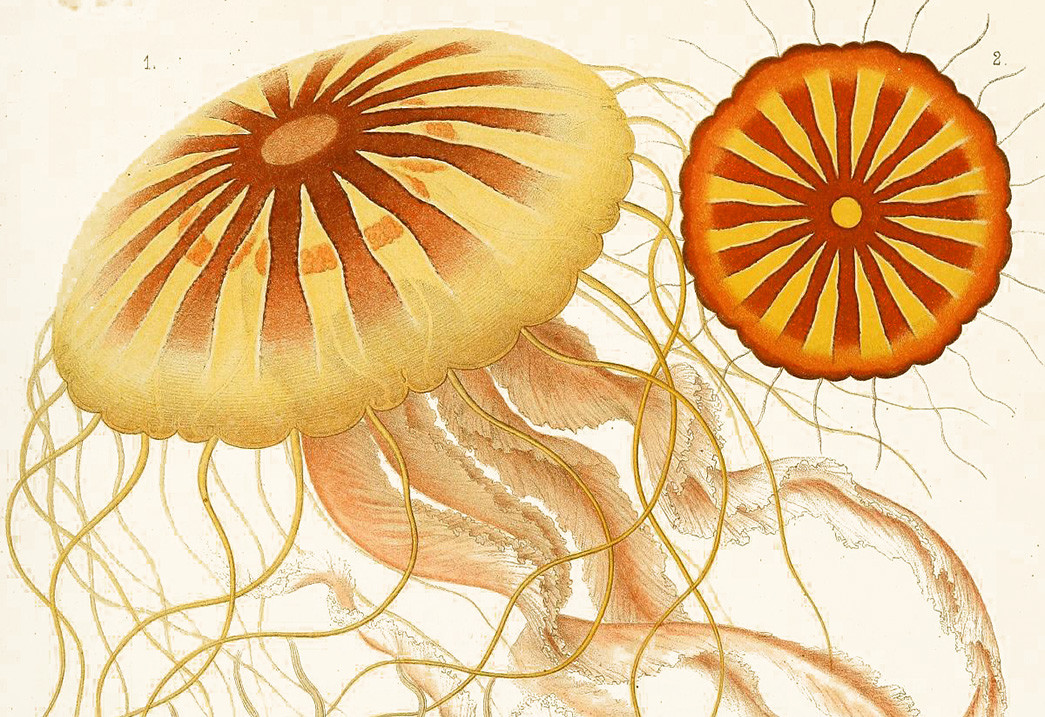
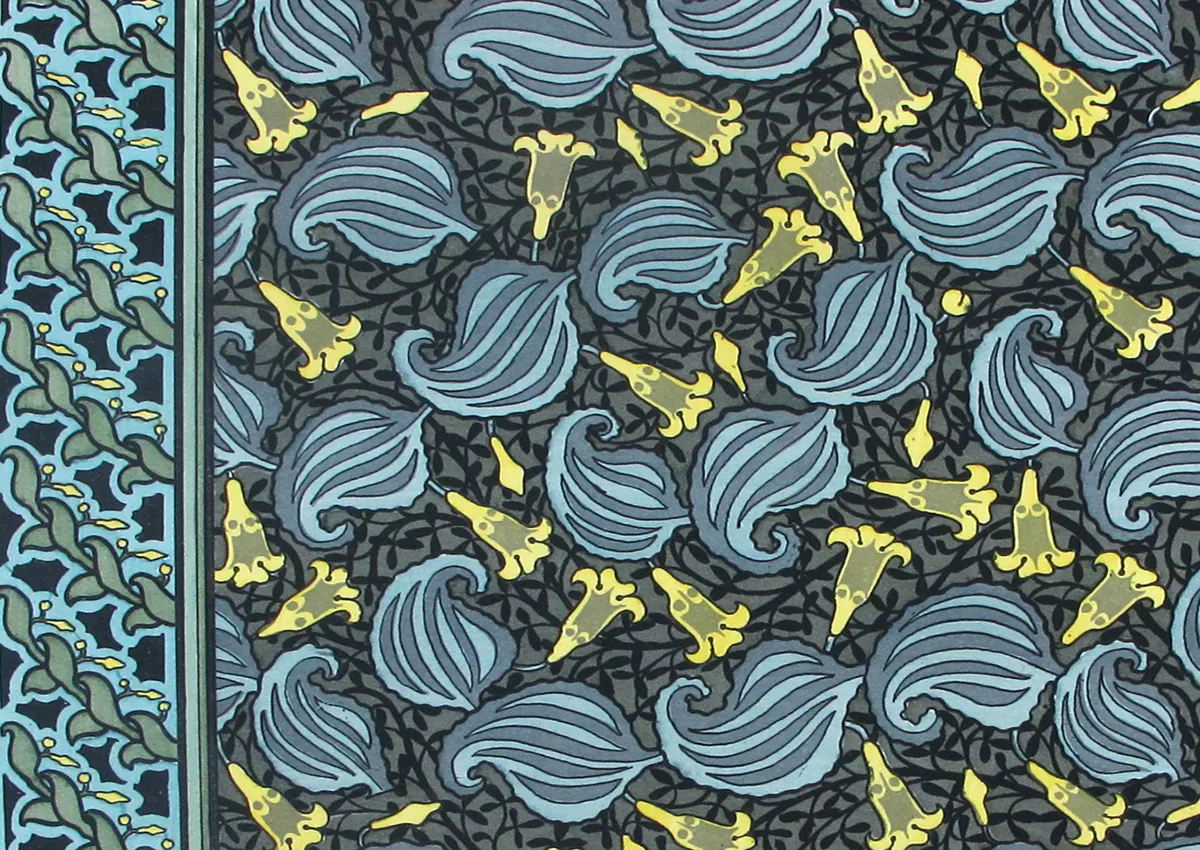
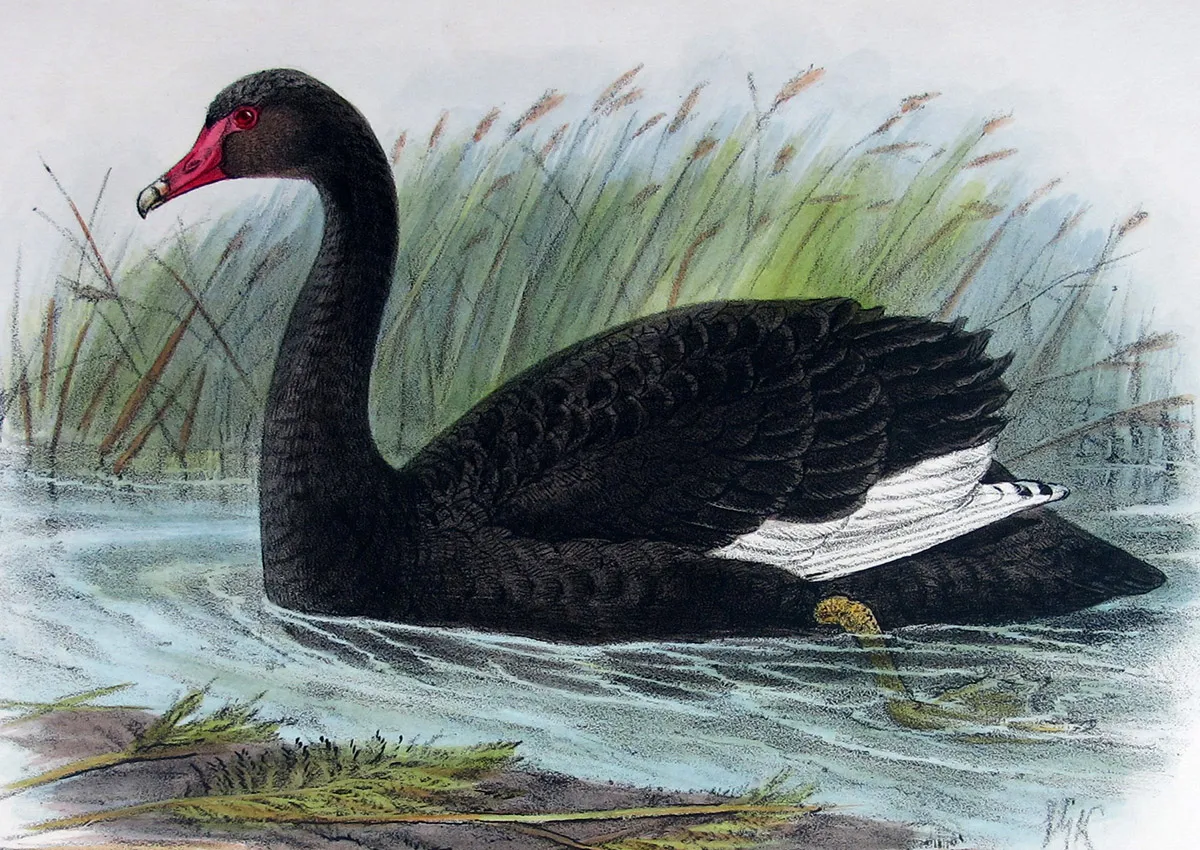
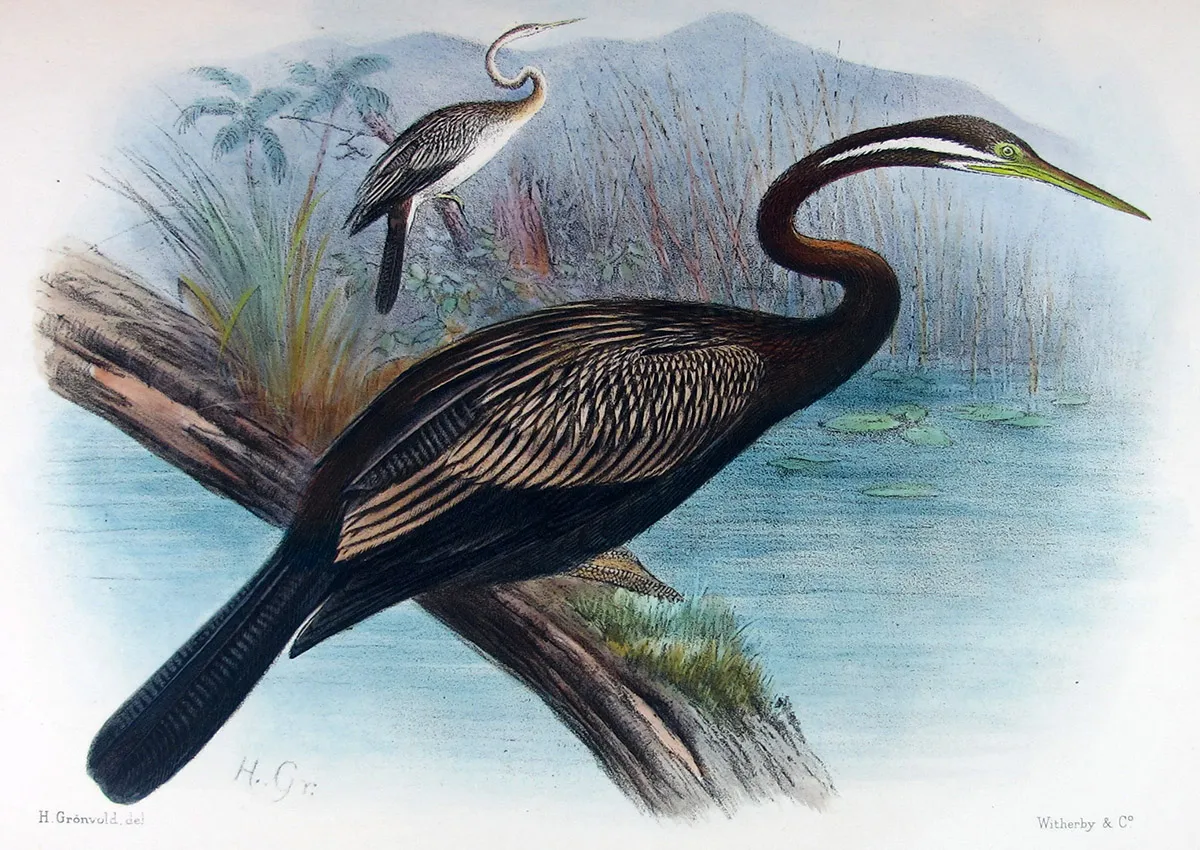
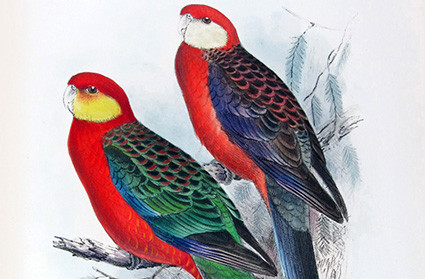
Leave a comment